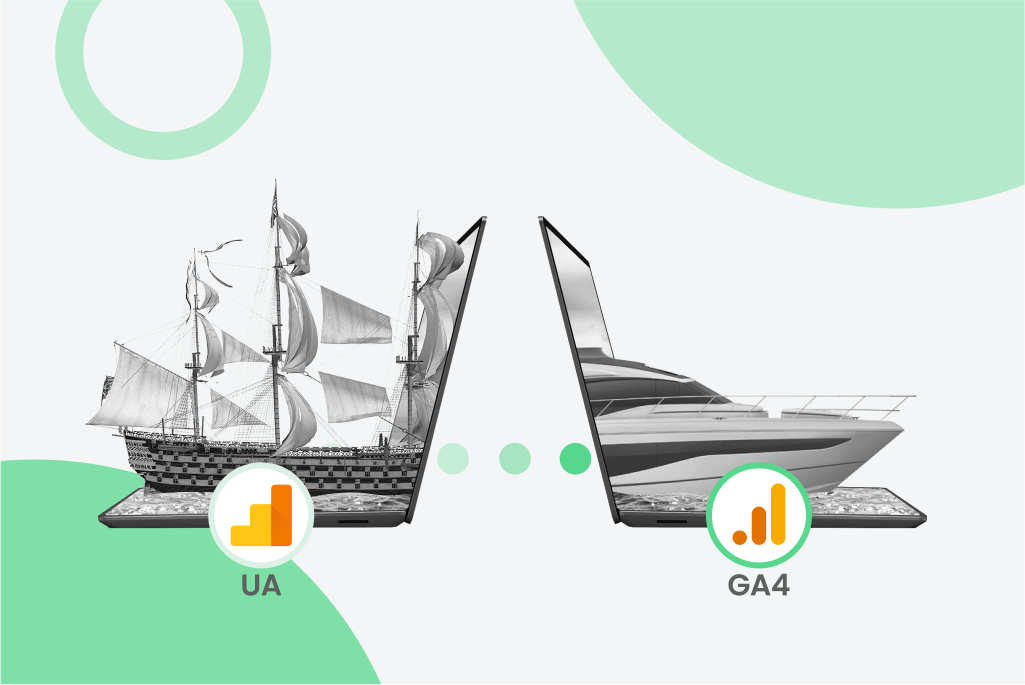Just as Whitney Houston needed Kevin Costner and Donkey needed Shrek, your website needs something to protect it from possible Magento security issues.
The eCommerce industry is one of the most attractive ones for hackers, as online websites store and process a lot of sensitive information.
According to Getastra, the eCommerce industry experiences up to 32.4% of all successful threats annually.
To protect your business from data breaches and your customers from identity theft, you need to know the main tips for Magento security. In this article, we review three main stages of Magento security protection:
- Magento store protection
- Admin panel Magento Security
- Checkout and user account protection
P.S. If you’re not a big fan of reading, check out the video below to find the answers to your questions.
Magento Security Issues: Why You Should Take Care of Magento Security
According to Ponemon Institute’s State of Cybersecurity Report, small to medium-sized businesses around the globe report recent experiences with cyber attacks:
- Insufficient security measures: 45% say that their processes are ineffective at mitigating attacks.
- Frequency of attacks: 66% have experienced a cyber attack in the past 12 months.
- Background of attacks: 69% say that cyber attacks are becoming more targeted.
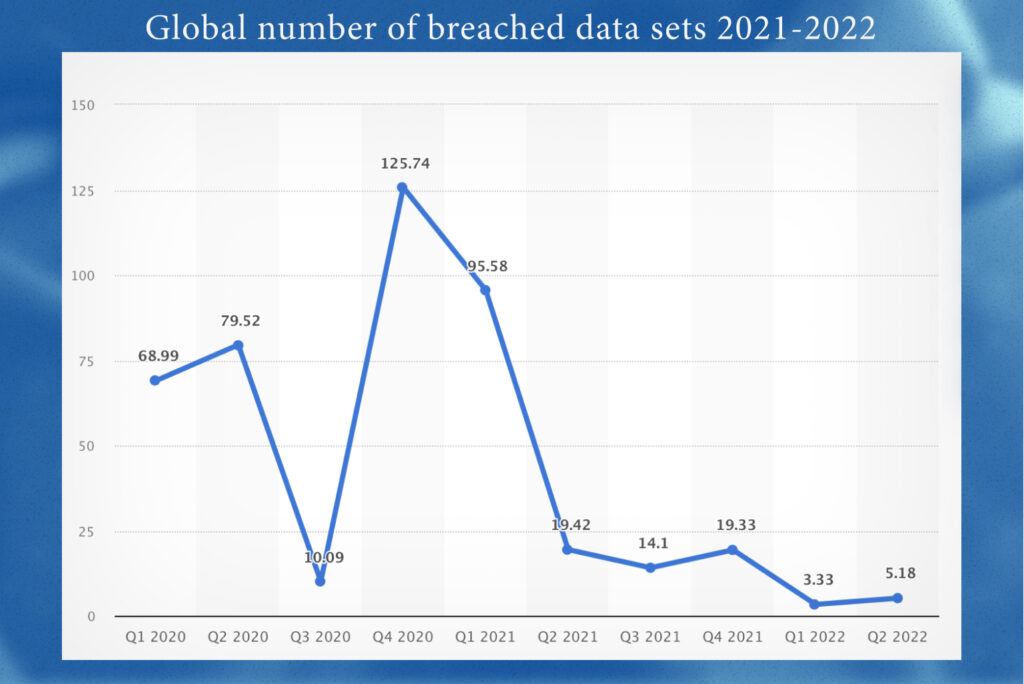
In their 2021 report, the Ponemon Institute stated that the average cost of a data breach is approximately $4.24 million globally.
That is why, when it comes to Magento security, you must ensure that you have applied all modern practices such as extensions, trusted themes, and hosting.
Let’s review some of the best Magento security practices to protect your store from all dangers and get to know how Magento can be made more secure for the client.
Need help with securing your online store?
Don’t hesitate, contact us and get your free quote today.
Stage 1: Take Care of Magento Store Protection
Many online merchants remember September 14, 2020, when their worst nightmares came to life. On this day, hackers managed to access over 2,800 Magento 1 stores and steal credit card details. It is still the largest documented successful hacking attack to date.
As you might know, Magento announced Magento 1 End of Life on June 20, 2020. Adobe no longer supports the version and doesn’t release any quality and security updates. You’re left alone with all the threats in the world.
So, are Magento websites secure? The answer is they are as secure as you make them.
Of course, Adobe does its best to implement the newest technologies and approaches to decrease the possibility of hacking. However, the responsibility of making your online store as secure as possible and avoiding Magento security issues lies on you as well.
Follow the below steps to make sure your and your customer’s data is safe and sound.

-
Keep your Magento version up to date
Always keep your Magento up to date with the latest security updates. Adobe regularly releases updates that address recently identified security threats and vulnerabilities.
-
Install the latest Magento security patches
This point is self-explanatory, but we would like to emphasize the importance of constantly updating Magento security patches. You can use Magento Security Scan Tool to check your website for vulnerabilities.
-
Install the latest Magento security patches
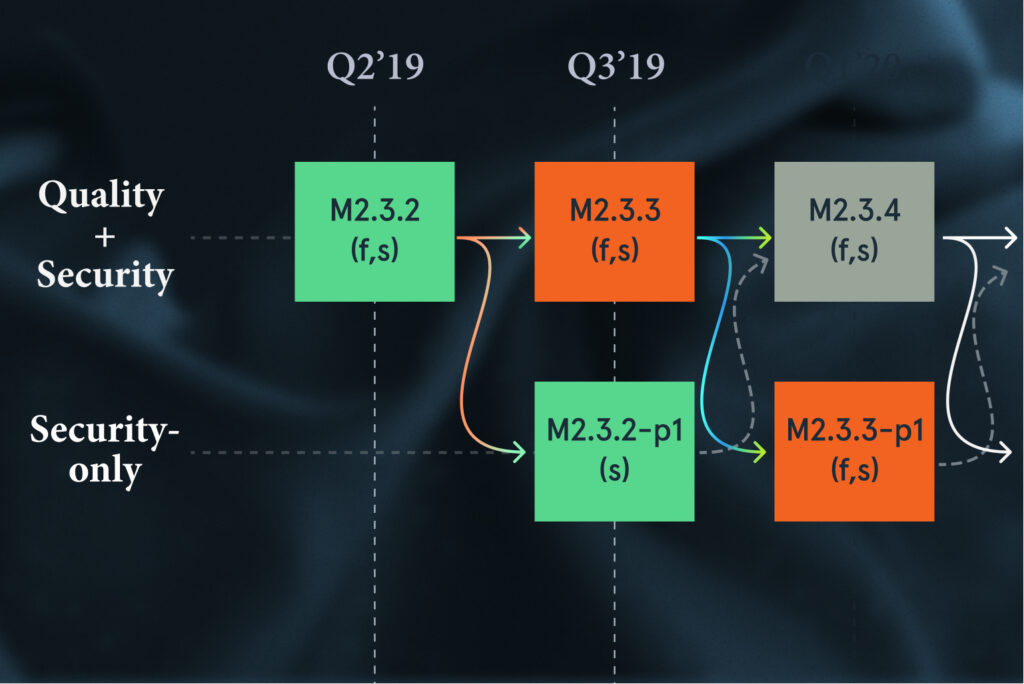
You can install Magento security-only patches if you don’t want to install the whole Magento update.
-
Choose a reliable hosting provider
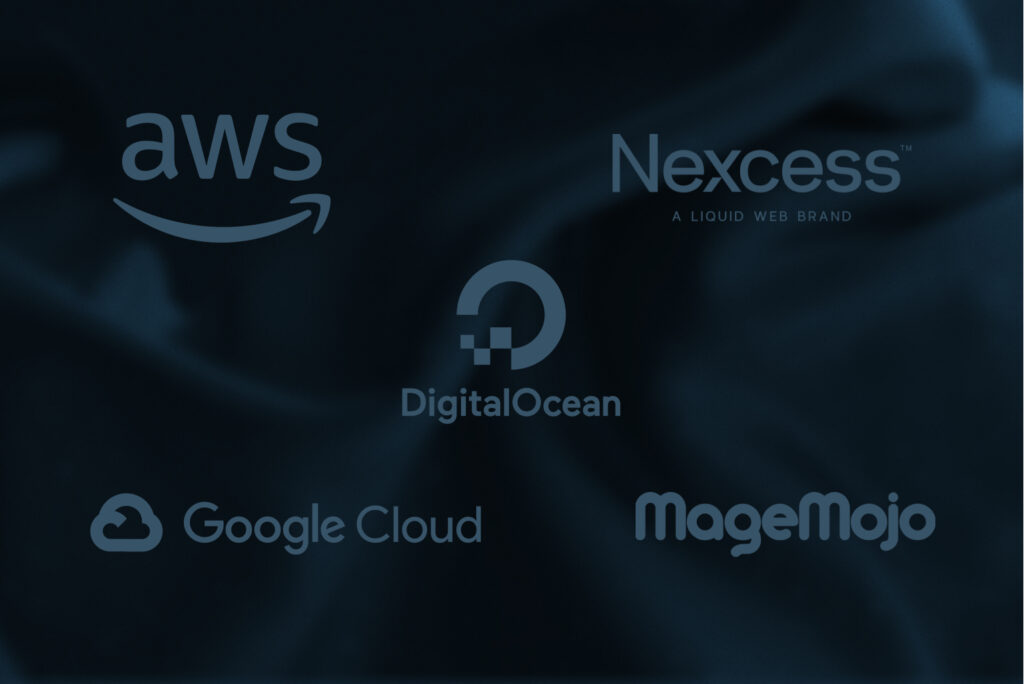
The Magento security check should start long before your website goes live. It should begin with choosing a reliable hosting provider that adheres to security standards and provides automatic website backups that you can use in case of emergencies.
We recommend our clients to work with tried and tested hosting providers such as Digital Ocean and Amazon Web Services.
-
Set up HTTPS protocol and SSL certificate
HTTPS is a must-have for any eCommerce website. It encrypts data exchange between browsers and your server and helps the website rank higher as Google uses it as a ranking factor. Visitors of websites without HTTPS see a notice that the website is not secure to use and may decide against visiting it.
-
Limit outgoing connections
You can also limit the number of login attempts, configure the length of keyboard inactivity before the session expires, and even set up the length of the session duration. For example, you can limit outgoing connections to only those required, such as for payment integrations.
-
Content Delivery Network (CDN) & DDoS Protection
Magento providers Fastly integration out of the box. The solution combines several features, such as protection against DDoS attacks, a CDN, and image optimization. You can use Fastly to block traffic by country or region, for example, if you know that bots are attacking your website from a particular location. Websites on Adobe Commerce Cloud must use Fastly to be PCI compliant.
Magento
Development Get an online store that sells. Woo customers with a seamless UX that guides them from the first point of contact to the checkout page.

Stage 2: Admin Panel Magento Security
The admin panel can become another entry point for hackers.
If they get over one of the admin accounts, they will be able to take over control of your business and have access to all information and even customer data. It will be a massive Magento security issue.
Such a data breach can destroy your business and lead to hefty penalties. The last thing you want is for someone to take over your business.
Luckily, there are several steps that you can take to prevent such situations, and Magento provides a lot of features out of the box.
-
A unique path to the admin panel
First of all, use a unique path to the admin panel. It’s simple, but not all eCommerce businesses remember to change the URL.
-
Two-factor authentication
Two-factor authentication will add an additional layer of protection, as hackers won’t be able to hack into someone’s account.
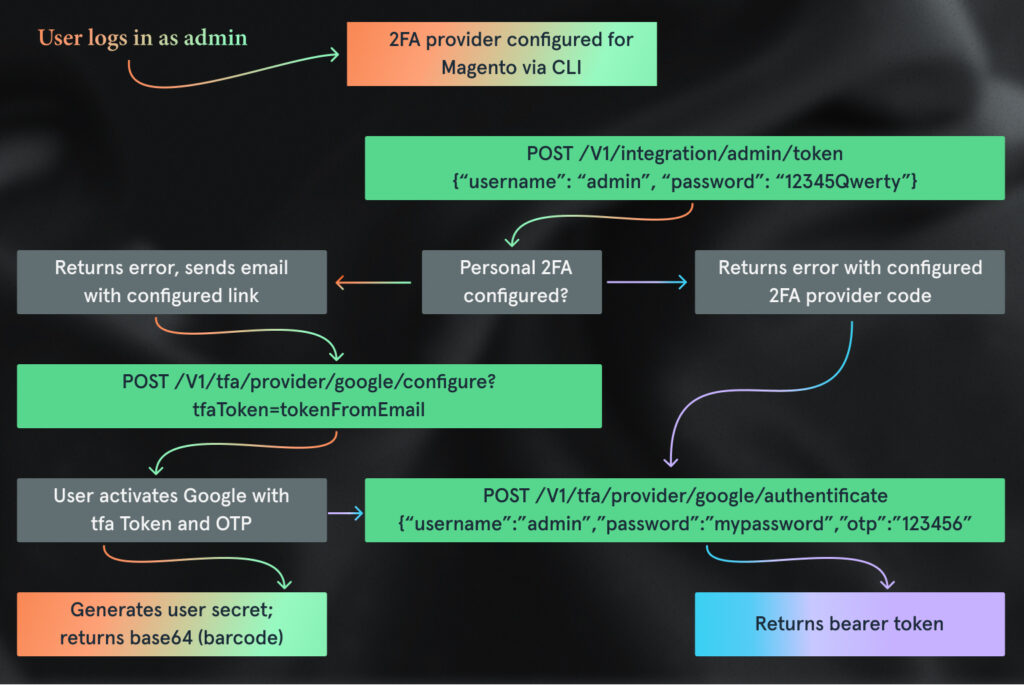
-
reCaptcha
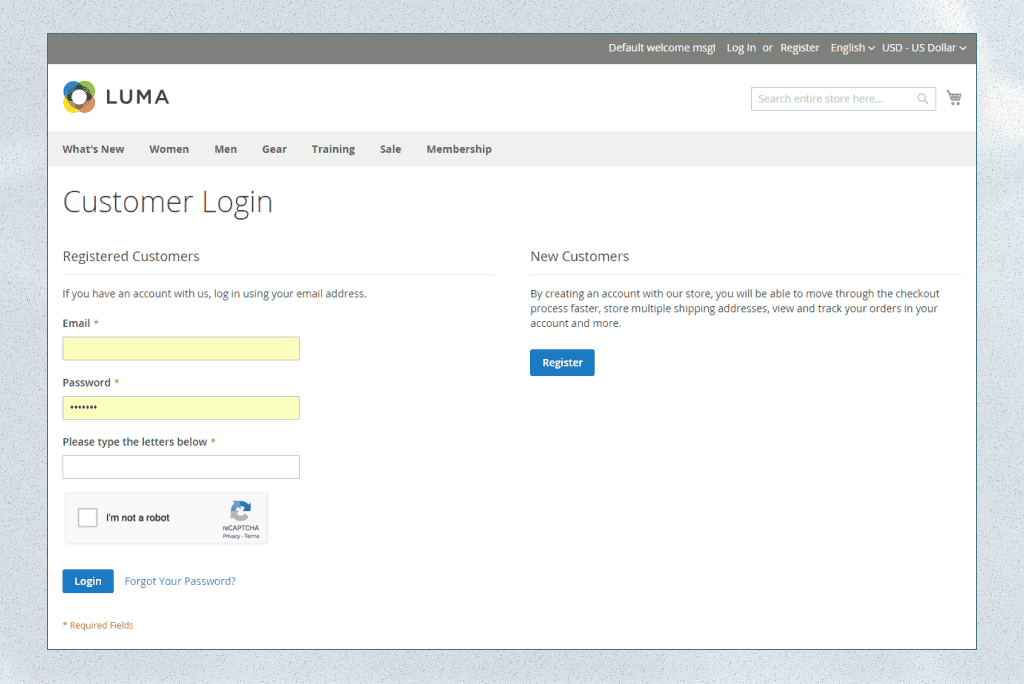
For an extra level of Magento security check, you can add CAPTCHA to the Admin Sign-in and Forgot Password page. It will protect your admin panel from bot attacks.
-
IP whitelisting
If you know your admins’ IP addresses, add them to the whitelist. Any other connections won’t be allowed to the admin panel.
-
Magento permissions
Assigning user permissions might be useful if many people work with the admin panel. For example, those who work with content don’t need to have access to sales information, and you can specify what blocks of the website they have access to.
-
Use strong passwords (Magento password requirements)
Magento password requirements also allow setting up the security level for passwords to avoid password mining. You can also limit the number of login attempts, configure the length of keyboard inactivity before the session expires, and even set up the length of the session duration.
-
Disable Admin Account Sharing
And most importantly, don’t allow admin account sharing. This option is disabled by default in Magento, but it won’t harm double-checking it.
-
Set Up Web Application Firewall
Installing a Firewall web application will help you keep your whole store guarded against DDoS attacks. Magento providers Fastly integration out of the box. The solution combines several features, such as protection against DDoS attacks, a CDN, and image optimization. You can use Fastly to block traffic by country or region, for example, if you know that bots are attacking your website from a particular location. Websites on Adobe Commerce Cloud must use Fastly to be PCI compliant.
Stage 3: Checkout & User Account
Hackers can harm your website even without hacking into its code. All they have to do is to create an army of bots and send them to the checkout page. And the consequences might be dire for an eCommerce business.
For example, during carding attacks, hackers can use stolen cards and make thousands of attempts to guess a CV or password. Banks and other payment systems process every transaction, even if they fail.
In the best-case scenario, the payment system will notice suspicious actions and block your seller account. Passing the assessment process to reinstall their services might take time and effort.
But in the worst-case scenario, you will wake up one morning to find that the bank has charged you for the processing of all these failed transactions. It may cost your business hundreds of thousands of dollars.
That’s why protecting user accounts and checkout is so important.
-
Google reCaptcha
First of all, install reCAPTCHA, which will show when customers are trying to log into their accounts. It will protect your website from bots that hack passwords.
If you are afraid it might harm user experience, consider adding Google reCAPTCHA, which Magento supports. eCAPTCHA can be invisible to customers, as it uses algorithms to rate user interaction and determine the likelihood that the user is a human being based on a score.
You can also add Magento reCAPTCHA, which will only appear after customers enter the wrong password.
-
Multi-factor user identification
Multi-factor Authentication (MFA) will require the user to provide two or more verification factors to gain access to his account. MFA is a core component of a strong identity and access management (IAM) policy.
-
CVV for every purchase
In card-present transactions, the CVV number automatically verifies that the physical credit card is in the correct cardholder’s possession.
Magento Store Protection: Final Words
Securing your Magento store is probably one of the most important parts of eCommerce website development. You must regularly update your online store, check for security vulnerabilities with Magento Security Scan Tool, and keep up to date with the latest Magento security updates.
Or you can just let us do the work, and you can enjoy the result 😉




